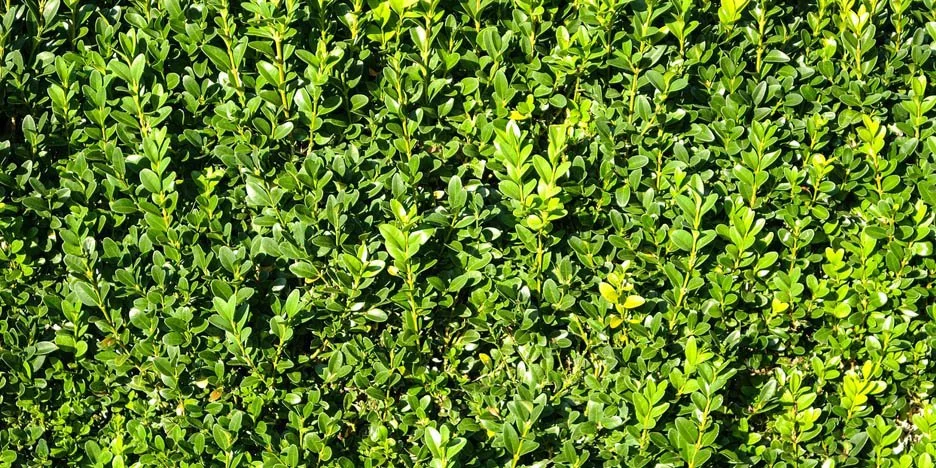Box hedging or Buxus sempervirens hedging TEST
Box hedging or Buxus sempervirens hedging supplied and planted to any location in Northwest England including Lancashire, Cheshire, Merseyside and Manchester.
Box Hedging
Buxus sempervirens hedging
Box hedging or Buxus sempervirens hedging
Buxus hedging or Box as it is commonly reffered to is ideal for low growing formal hedges and is a classic plant for topiary. Box is best suited to semi shady conditions and grows in quite tough conditions.
Box has evergreen, dense foliage and can be clipped tightly to shape the plants accordingly. A quick google of buxus plants will show that Buxus sempervirens can be prone to Box Blight. This is a fungal disease which can be spread in numerous ways but generally enters the plants through the freshly cut stems. The best way to prevent it is to stop it happening in the first place by keeping the plants healthy, and feeding them twice a year (spring and autumn.
Plant Size
40-60cm (5 to 7 plants per metre)
60-90cm (5 to 7 plants per metre)
90-120cm (3 to 7 plants per metre)
120-150cm (3 to 5 plants per metre)
150-180cm (5 to 7 plants per metre)
180-200cm (3 to 4 plants per metre)
Plants per metre (Approx.)
40-60cm (5 to 7 plants per metre)
60-90cm (5 to 7 plants per metre)
90-120cm (3 to 7 plants per metre)
120-150cm (3 to 5 plants per metre)
150-180cm (5 to 7 plants per metre)
180-200cm (3 to 4 plants per metre)
Availability
Root Ball
(November to February)
Instant
(All year round)
-
Buxus plants are is native to western and southern Europe, northwest Africa, and southwest Asia, from southern England south to northern Morocco, and east through the northern Mediterranean region to Turkey.
In the American South, Box is sometimes reffered to as "The rich man's hedge." and was often used to anchor planting schemes either side of the house. -
The following is a guide as to where Box/Buxus sempervirons will grow. The list is intended as a guide and not exhaustive but will give give a good indication of whether this plant will grow in the location you are thinking of growing this hedge.
Conditions: Chalk, Clay, Loam, Sand.Moisture: Moist but well drained, Well Drained.
Position: Partial Shade, Full shade.
Exposure: Exposed or sheltered.
Plant Hardiness: H6 (Hardy in all of UK and northern Europe (-20C to -15C)).
-
January:
February:
March:
April: Apply a nitrogen based fertiliser.
May: Cut back stems by up to a third in size to encourage new growth. On old plants hard prune back to 15-30cm.
June: Further trimming if necessary.
July: Further trimming if necessary.
August: Further trimming if necessary.
September: Apply a potassium based fertiliser.
October:
November:
December:













